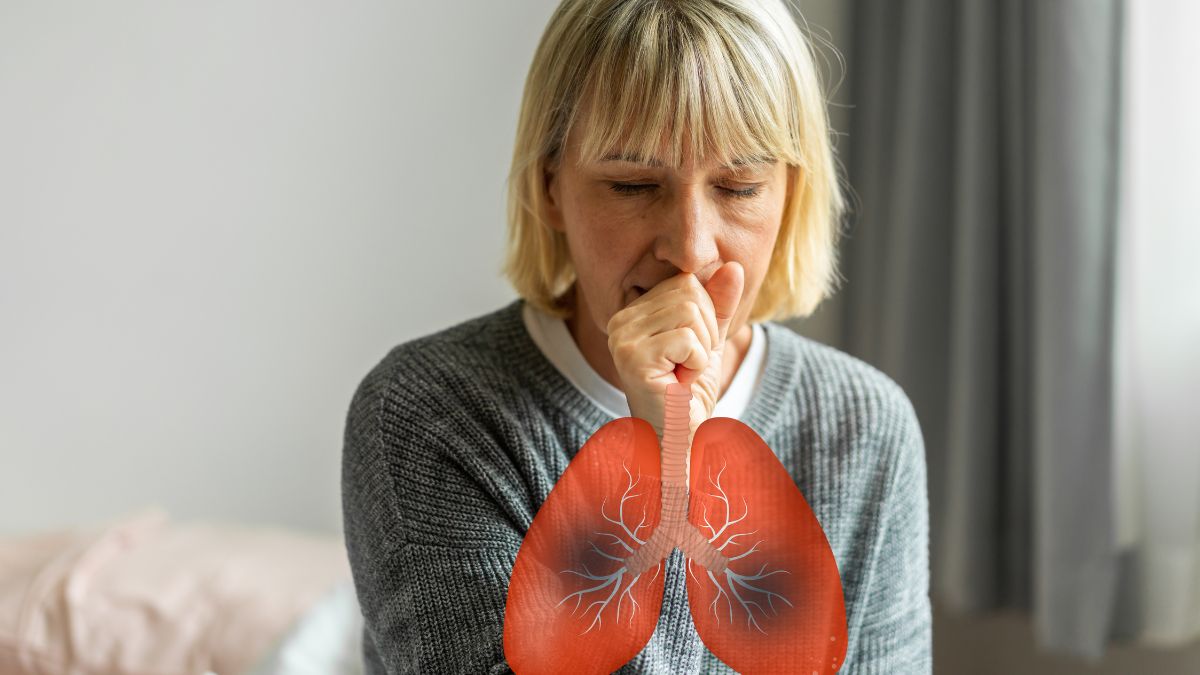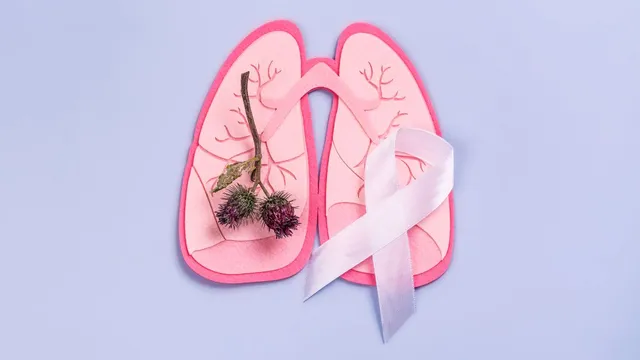- By Bornika Das
- Fri, 01 Aug 2025 07:48 PM (IST)
- Source:JND
For decades, lung cancer has been largely associated with smoking, leading many to believe that only smokers are at risk. However, a growing number of cases are emerging among non-smokers, raising critical questions and challenging long-held assumptions. From young adults to lifelong non-smokers, people with no history of tobacco use are being diagnosed with lung cancer at alarming rates. This pattern shift has caught the attention of medical experts, who are now delving into lesser-known, hidden causes that may be putting unsuspecting individuals at risk.
There is a complex web of environmental, genetic and lifestyle-related factors that could be contributing to these cases. From prolonged exposure to indoor air pollutants and second-hand smoke to radon gas, vehicle emissions and even certain genetic mutations, there’s more to lung cancer risk than cigarettes alone. In conversation with The Daily Jagran, Dr Shriniwas Kulkarni, Consultant Medical Oncologist, Sahyadri Super Speciality Hospital, Hadapsar, Pune, shares the hidden causes of lung cancer among non-smokers.
Hidden Causes Of Lung Cancer Among Non-Smokers
Contaminated Air
A Neglected Cancer agent living in city areas often poses the challenge of polluted air. Dr Shriniwas Kulkarni states, “Emissions from cars, dust, industrial refuse, and trash burning emit tiny particles (PM2.5) that can deeply infiltrate our lungs.” These particles contain harmful chemicals that can inflame lung tissue, harm cells, and ultimately lead to cancer. The World Health Organization officially categorises outdoor air pollution as a carcinogen.
ALSO READ: Lung Cancer In Young Adults: Signs, Risk Factors And How To Detect It Early | Insights From Doctor
Occupational Exposures - Risks In The Workplace
Certain occupations expose people to risks of lung cancer due to substances such as asbestos, arsenic, and other known carcinogens. Non-smokers in construction, mining, shipbuilding, and manufacturing are especially at risk for asbestos. Dr Shriniwas Kulkarni says, “Asbestos fibre inhalation inflicts serious lung damage and significantly raises the risk of developing mesothelioma, which is the cancer most closely associated with asbestos.” Thus, non-smokers in these occupations are likely to develop lung cancer far more than asbestos-free individuals in these industries.

Lung Cancer Causes Among Non Smokers (Image Credits: Canva)
Second-Hand Smoke (Silent Culprit)
While smoking remains top topmost cause for lung cancer. In contrast, non-smokers are not exempt from the disease as they are subjected to second-hand smoke. The toxic components of second-hand smoke, including but not limited to benzene, formaldehyde, and arsenic, are slow acting and damage lung tissue. There are public laws which curb smoking. However, the office and highly populous areas are still centres for smoke, endangering the health of non-smokers. Non-smokers who cohabitate with smokers or work in frequently smoking environments gradually become potential lung cancer candidates.
Indoor Air
The air in our residences can also be hazardous. Radon, a naturally occurring radioactive gas, can accumulate indoors, particularly in basements or areas with inadequate ventilation. Dr Shriniwas Kulkarni mentions, “When combined with smoke from biomass fuels and oil fumes from high-heat cooking, it fosters an environment of extended respiratory irritation, especially impacting women and children in households that use traditional cooking methods.”
Genetic Influences - EGFR And ALK
Some non-smokers get lung cancer because of genetic mutations, especially in the EGFR and ALK genes. EGFR (Epidermal Growth Factor Receptor) is a protein that assists in the growth of cells. If an individual has a mutation (alteration) in this gene, the cells might proliferate uncontrollably and create a tumour in the lungs.
Dr Shriniwas Kulkarni states, “ALK (Anaplastic Lymphoma Kinase) mutations occur when two genes improperly fuse, resulting in a protein that promotes cancer development. These genetic variations are more prevalent in non-smokers, particularly younger females.” The positive update? These mutations can be addressed with specialised treatments, which typically yield improved results compared to chemotherapy and result in fewer adverse effects.
ALSO READ: World Lung Cancer Day 2025: Doctor Shares Warning Signs Of Lung Cancer You Shouldn’t Ignore
It’s evident that lung cancer is now a worry for non-smokers as well. Environmental pollutants, domestic hazards, and genetic predispositions all contribute to the risk. As our knowledge of lung cancer grows, our approaches need to change as well, emphasising clean air efforts, improved home ventilation, early diagnosis, and tailored therapies based on genetic analysis. Sometimes, the greatest threat arises not from what you decide to breathe in, but from what you cannot escape.

